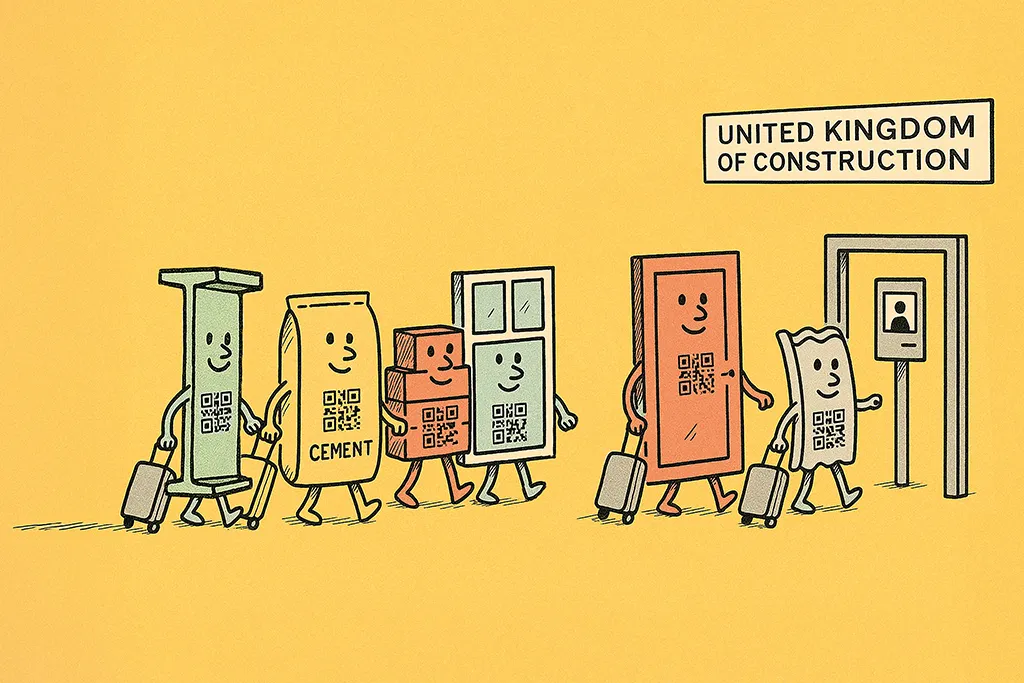Our AI model can help improve indoor ventilation during wildfire season

AI Article Summary
A new AI model is designed to improve indoor ventilation in buildings during wildfire seasons, when outdoor air quality significantly deteriorates due to smoke and particulate matter. Developed by researchers at Carleton University, the model integrates simulation with deep learning to optimize indoor environments, helping reduce carbon dioxide levels and minimize the health impacts of poor air quality. This model allows designers to simulate various scenarios in enclosed spaces, offering insight into effective placement and quantity of ventilation systems. As wildfires continue to affect Canadian air quality, such innovations are seen as essential in creating safer indoor environments.
What This Means for Canadian Contractors
This project shows how AI can play a critical role in mitigating health risks associated with indoor air quality during wildfire events. For Canadian builders, this means incorporating such advanced technologies can be vital in ensuring new constructions or renovations meet the highest standards of indoor environmental quality. This development might influence building permits and design considerations, potentially accelerating the adoption of AI solutions in construction projects to address climate-related challenges.



